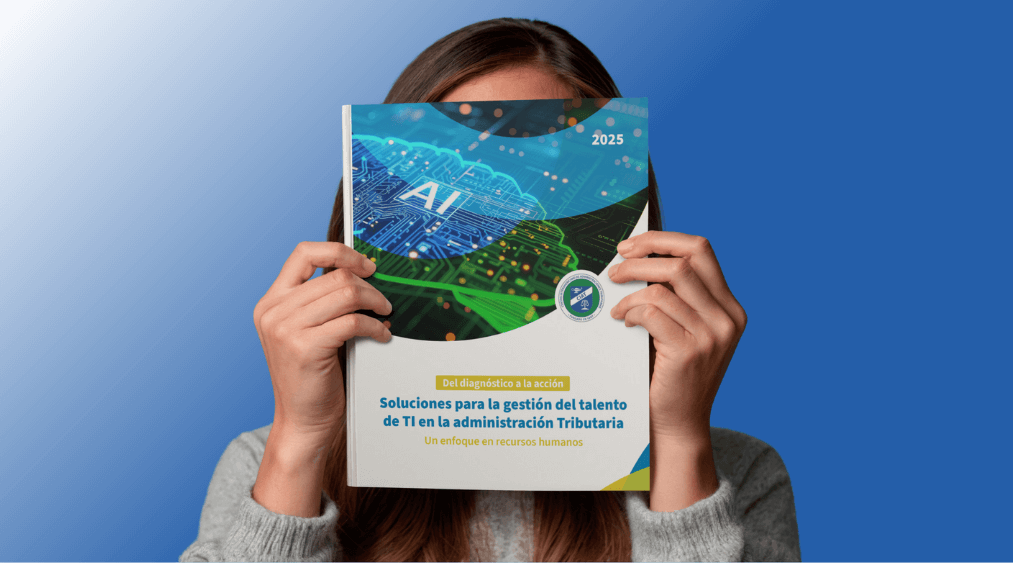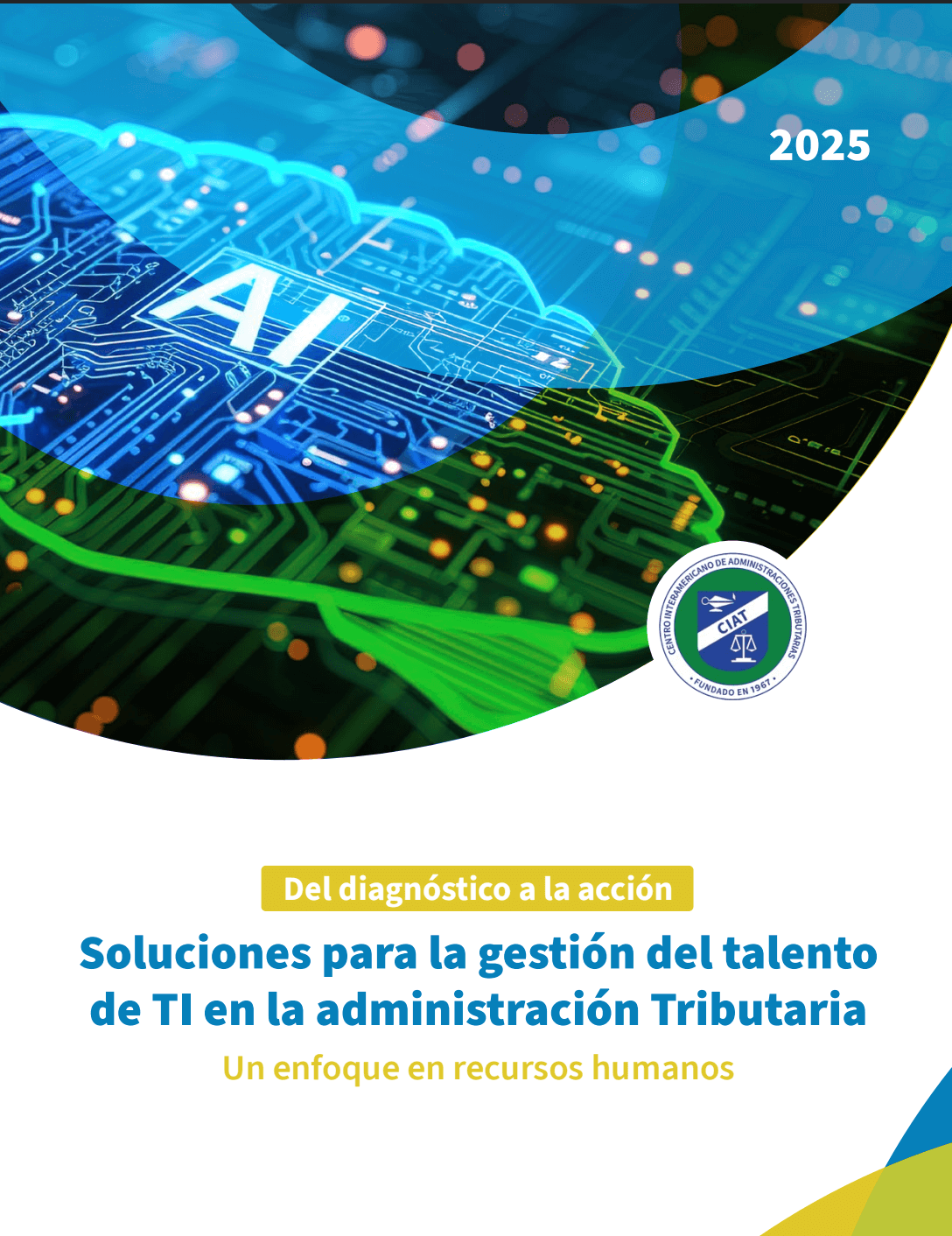From diagnosis to action: Solutions for IT talent management in the Tax Administration, a focus on Human Resources

One of the most significant effects of the COVID-19 pandemic on a global scale was to raise significant questions about corporate and institutional practices in human talent management. Even if there are positive initiatives for the personnel’s development in all types of organizations, persistent bad practices were also evident.
These effects challenged—and continue to challenge—our traditional ways, which had already been in crisis since the early 2000s. They demonstrated that it was possible to implement changes that institutions had long resisted, such as teleworking. Tax administrations were not immune to this reality: one of the most notable impacts was the difficulty in retaining staff in the areas of technology.
In response to concerns raised by several tax directors in the region who were facing this problem, CIAT undertook a study on IT staff retention in tax administrations.
This study aims to understand the challenges faced by the technological units of TAs in human talent management, in a context of technological acceleration, pressure for digital transformation, and a shortage of specialized technical profiles.
As part of the study, an assessment of the situation was conducted, which identified a number of structural causes, including:
• Most TAs experience serious difficulties in attracting and retaining IT talent, due in part to rigid regulatory frameworks, uncompetitive salary structures, and limited opportunities for professional growth.
• Institutional structures restrict the adoption of contemporary best practices, such as flexible hiring, teleworking, or the constant updating of profiles and skills.
• Some tax administrations have not yet ventured into or fully leveraged cloud services (IaaS, PaaS, or SaaS), which may limit the adoption of recent technologies, especially in those with fewer resources.
In addition, it was also possible to identify other key findings that reflect the different effects of this problem:
• IT staff turnover in local government agencies is increasing, driven mostly by salary considerations, the search for remote work opportunities, and the desire to work with more advanced technologies.
• There is a growing gap between internal capabilities and the expectations of the digital environment, which is leading to a brain drain to the private sector.
• Strategic talent planning is lacking, since there are no competency maps, projections of future needs, or systematic professional development plans.
• Salary is highlighted as a critical barrier: the study confirms that the salary competitiveness of TAs is well below that of the private sector, an aspect that was analyzed in detail through a global study conducted by CIAT as part of this research.
In line with these findings, the study proposes a set of actions that can be incorporated into the repertoire of solutions that a tax administration can implement, focusing on:
• Evaluate wage competitiveness based on international comparative evidence and seek alternatives within the current regulatory framework.
• Gradually make talent management schemes more flexible, without requiring immediate structural reforms.
• Promote partnerships with universities, training centers, and multilateral institutions to strengthen technical training and attract new profiles.
• Design career paths, competency maps, and professional development plans, especially in key technological profiles.
• Develop non-salary loyalty strategies: organizational climate, recognition, opportunities for continuous learning and professional development, as well as internal mobility.
• Segment solutions depending on the level of autonomy of each TA, recognizing that not all of them have the capacity to implement the same mechanisms in the short term.
Methodological approach
For this study, a broad and diverse methodology was applied in the data collection instruments, which included surveys of key officials, documentary, and regulatory reviews, as well as research and comparative analysis with the private sector, with an emphasis on best practices for attracting and retaining IT talent.
Various stakeholders from the tax authorities participated in the event: directors-general, IT managers, HR managers, and technical officials from the IT departments.
Closing and next steps
This study represents a call to action. Moving from diagnosis to implementation requires institutional commitment and regional collaboration. The proposals presented offer an adaptable, realistic, and sustainable management-oriented approach to technological talent in TAs.
The next step will be to validate these proposals within the administrations themselves, identify pilot implementation projects, and promote opportunities for exchange to share progress, obstacles, and lessons learned. CIAT offers its technical team and specialized consulting services to support the TAs that wish to delve deeper into the study’s findings, adapt the proposed solutions, or share best practices.

